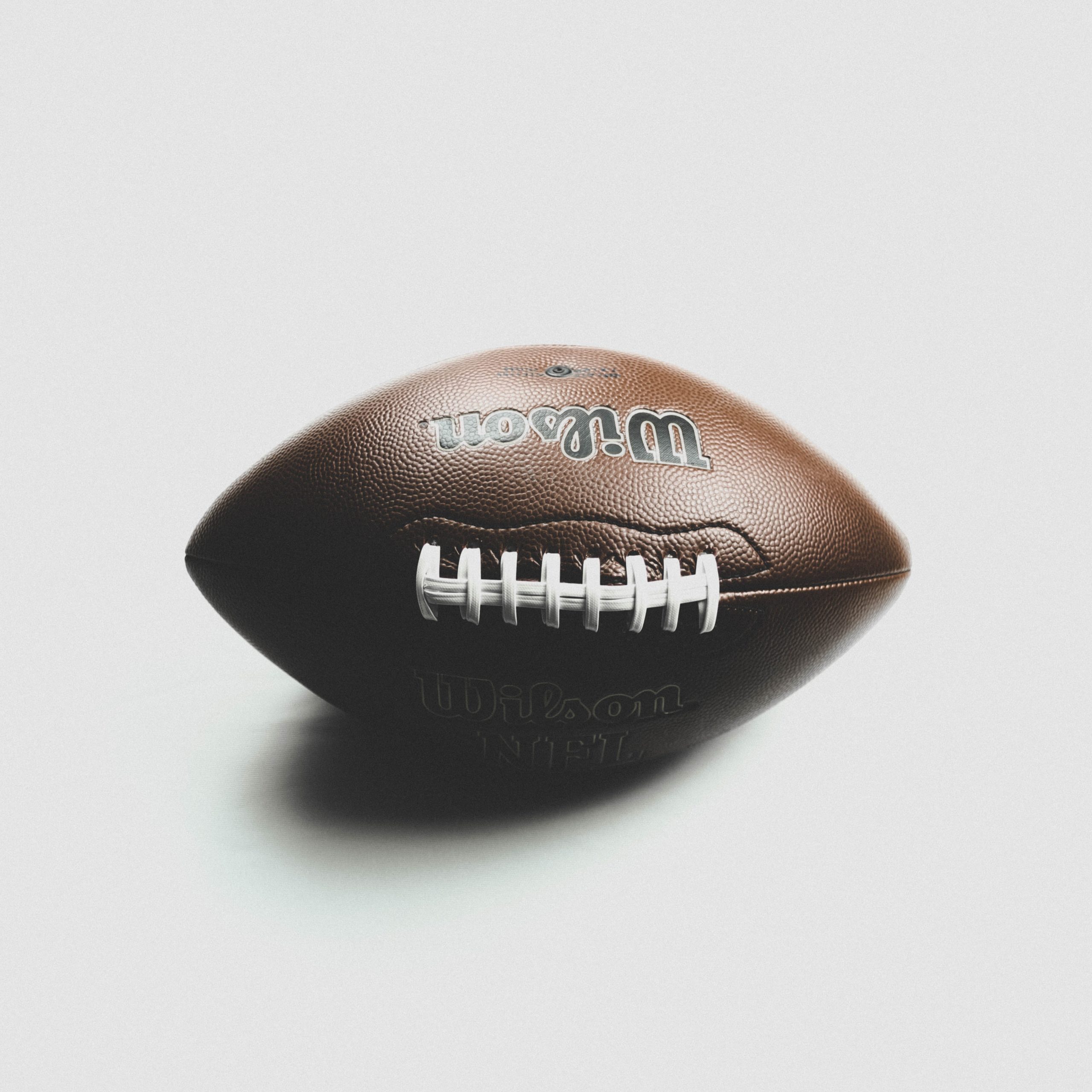
Free Consultation(203) 447-0000

Free Consultation(203) 447-0000

Recently, just four days after Miami Dolphins’ Quarterback Tua Tagovailoa landed on his head in a game against the Buffalo Bills he was sacked by defensive tackle Josh Tupou of the Cincinnati Bengals and diagnosed with a concussion. An investigation by the National Football League (NFL) and the NFL Players Association revealed that although the existing protocols had been properly applied, they were insufficient.
Time and time again, this issue has been ignored or improperly addressed by the NFL, and the consequences of the organization’s lackluster response are increasingly apparent. In fact, in a 2017 study led by Boston University, 99% of deceased NFL players who donated their brains for medical research showed clear signs of a neurodegenerative disease associated with repetitive head trauma known as chronic traumatic encephalopathy (CTE). This issue exists on the collegiate level as well, as the researchers also determined that 48 of 53 brains of former college football players showed signs of CTE.
The CDC explains that a concussion is a type of traumatic brain injury caused by a bump, blow, or jolt to the head or by a hit to the body that causes the head and brain to move rapidly back and forth. When this sudden movement occurs, it can cause the brain to bounce around or twist in the skull. This creates chemical changes in the brain and sometimes stretches and damages brain cells. Signs and symptoms of a concussion include failing to recall events prior to or after a hit or fall, appearing dazed or stunned, losing consciousness, showing mood, behavior, or personality changes, headache, nausea or vomiting, balance problems or dizziness, noise and light sensitivity, and confusion or memory problems.
According to the Mayo Clinic, CTE is a rare disorder that is not yet well understood and experts are still attempting to learn how repeated head traumas and other factors might contribute to the changes in the brain that result in CTE.[5] The symptoms of CTE are thought to develop years to decades after the head trauma occurs.
Signs and symptoms of CTE are believed to include:
Although there is no treatment for CTE, it may be prevented by avoiding recurrent concussions. The Mayo Clinic explains that individuals who have had one concussion are more likely to have another and the current recommendation to prevent CTE is to reduce mild traumatic brain injuries and prevent additional injury after a concussion.
If you or a loved one played collegiate or professional football and are experiencing the signs and symptoms of CTE, you should reach out to an attorney right away. Contact the experienced attorneys at Berkowitz and Hanna, LLC if you have any questions about your legal rights regarding this concern. To schedule a free, no-obligation consultation, call or contact us online today.
Berkowitz Hanna
